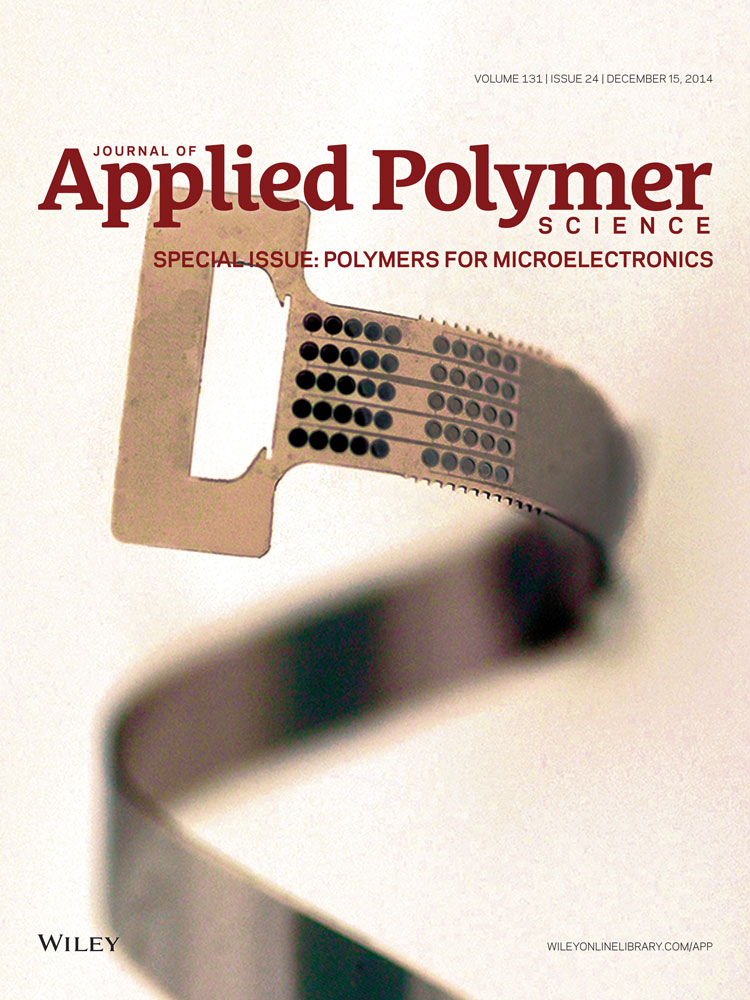A thin film encapsulation layer fabricated via initiated chemical vapor deposition and atomic layer deposition
ABSTRACT
An organic/inorganic hybrid multilayer for encapsulation of organic electronic devices is developed, where the organic polymer layer and the inorganic layer are alternatively deposited by initiated chemical vapor deposition and atomic layer deposition processes, respectively. The thickness of each organic and inorganic layer is optimized to minimize the water vapor transmission rate (WVTR) determined by a Ca test. The produced barrier film shows an outstanding optical property as its light transmittance is average 89.42% at visible light region. The WVTR of the developed thin film encapsulation layer is as low as 2.17 × 10−4 g m−2 day−1 at 38oC, 90% relative humidity (RH). This value is equivalent to 1.29 × 10−5 g m−2 day−1 at ambient condition, which is sufficient to elongate the lifetime of organic electronic devices. © 2014 Wiley Periodicals, Inc. J. Appl. Polym. Sci. 2014, 131, 40974.




